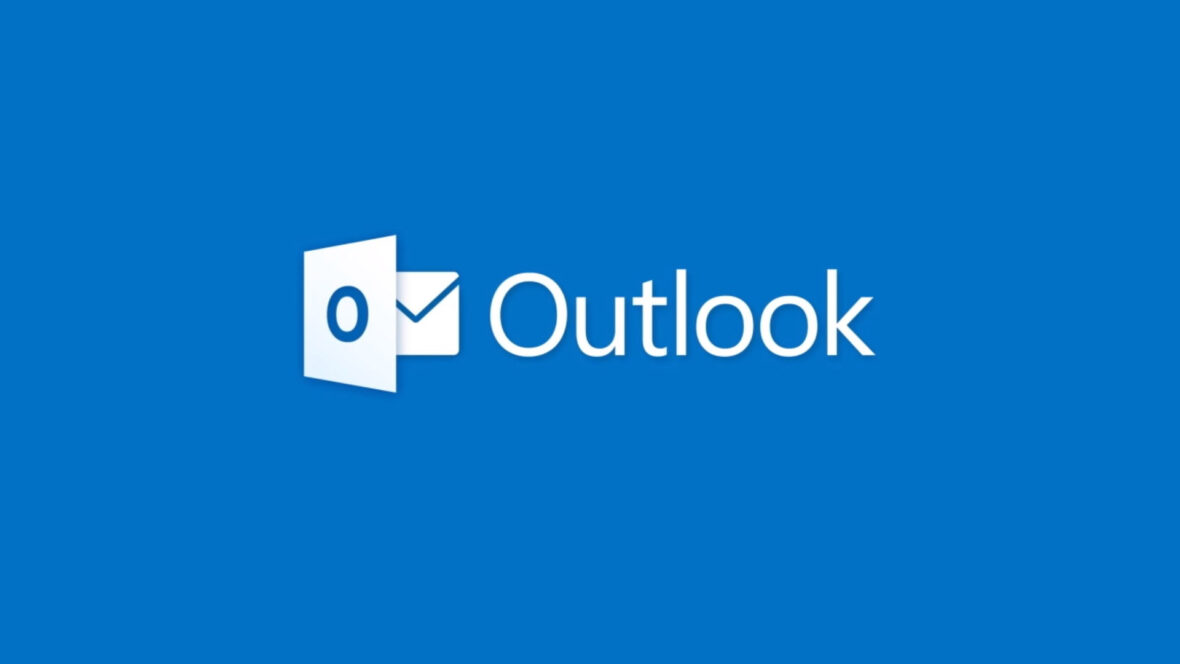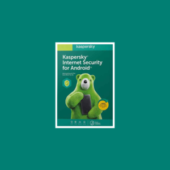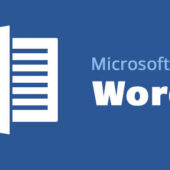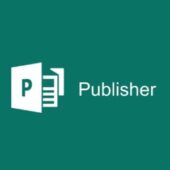Microsoft Outlook
Outlook.com is a web-based suite of email, contacts, tasks, and calendaring services from Microsoft. It is one of the world’s first webmail services, founded in 1996 as Hotmail (stylized as HoTMaiL) by Sabeer Bhatia and Jack Smith in Mountain View, California, and headquartered in Sunnyvale. Hotmail was acquired by Microsoft in 1997 for an estimated US$400 million and launched as MSN Hotmail, later rebranded Windows Live Hotmail as part of the Windows Live suite of products.
In October 2011, Microsoft released the final version of Hotmail, available in 36 languages. It was replaced by Outlook.com in 2013.
Outlook.com follows Microsoft’s Metro design language, closely mimicking the interface of Microsoft Outlook. It features unlimited storage, a calendar, contact management, Ajax, and close integration with OneDrive, Office Online, and Skype. In May 2015 it was announced that a preview of the new Outlook.com will move to the Office 365 infrastructure.
Innovation
Outlook.com has many new features, such as Sweep, which makes it easier to move or delete emails, active view, which enables users to view content such as Youtube videos directly in the email, aliases, and categories. While Microsoft has sometimes been accused of lack of innovation, they have been very innovative recently, and not only in Outlook but also in Windows 8, etc.
New users switching from Hotmail have the option to get a new @outlook.com address or keep their old @hotmail.com, @msn.com, or @live.com address. Outlook.com is the fastest growing free email service, gaining over 60 million users in three months.
Launch of Hotmail
Hotmail service was founded by Sabeer Bhatia and Jack Smith and was one of the first webmail services on the Internet along with Four11’s RocketMail (later Yahoo! Mail). It was commercially launched on July 4, 1996, symbolizing “freedom” from ISP-based email and the ability to access a user’s inbox from anywhere in the world. The name “Hotmail” was chosen out of many possibilities ending in “-mail” as it included the letters HTML, the markup language used to create web pages (to emphasize this, the original type casing was “HoTMaiL”).
The limit for free storage was 2 MB. Hotmail was initially backed by venture capital firm Draper Fisher Jurvetson. By December 1997, it reported more than 8.5 million subscribers. Hotmail initially ran under Solaris for mail services and Apache on FreeBSD for web services, before being partly converted to Microsoft products, using Windows Services for UNIX in the migration path.
MSN Hotmail
Hotmail was sold to Microsoft in December 1997 for a reported $400 million, and it joined the MSN group of services. Hotmail quickly gained in popularity as it was localized for different markets around the globe, and became the world’s largest webmail service with more than 30 million active members reported by February 1999.
Hotmail originally ran on a mixture of FreeBSD and Solaris operating systems. A project was started to move Hotmail to Windows 2000. In June 2001, Microsoft claimed this had been completed; a few days later they retracted and admitted that the DNS functions of the Hotmail system were still reliant on FreeBSD. In 2002 Hotmail still ran its infrastructure on UNIX servers, merely the front-end was converted to Windows 2000. Later development saw the service tied with Microsoft’s web authentication scheme, Microsoft Passport (now Microsoft account), and integration with Microsoft’s instant messaging and social networking programs, MSN Messenger and MSN Spaces (now Windows Live Messenger and Windows Live Spaces, respectively).
Security issues
In 1999, hackers revealed a security flaw in Hotmail that permitted anybody to log in to any Hotmail account using the password ‘eh’. At the time it was called “the most widespread security incident in the history of the Web”. In 2001, the Hotmail service was compromised again by computer hackers who discovered that anyone could log into their Hotmail account and then pull messages from any other Hotmail account by crafting a URL with the second account’s username and a valid message number.
It was such a simple attack that by the time the patch was made, dozens of newspapers and hundreds of websites published exact descriptions allowing tens of thousands of hackers to run rampant across Hotmail. The exploitable vulnerability exposed millions of accounts to tampering between August 7, 2001, and August 31, 2001




